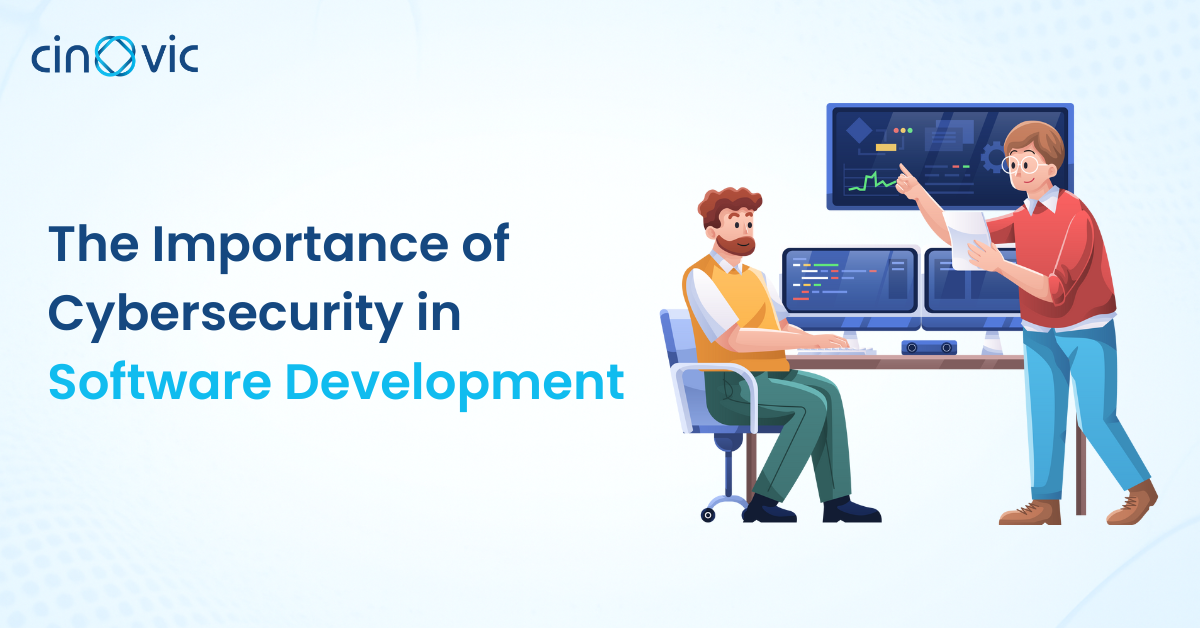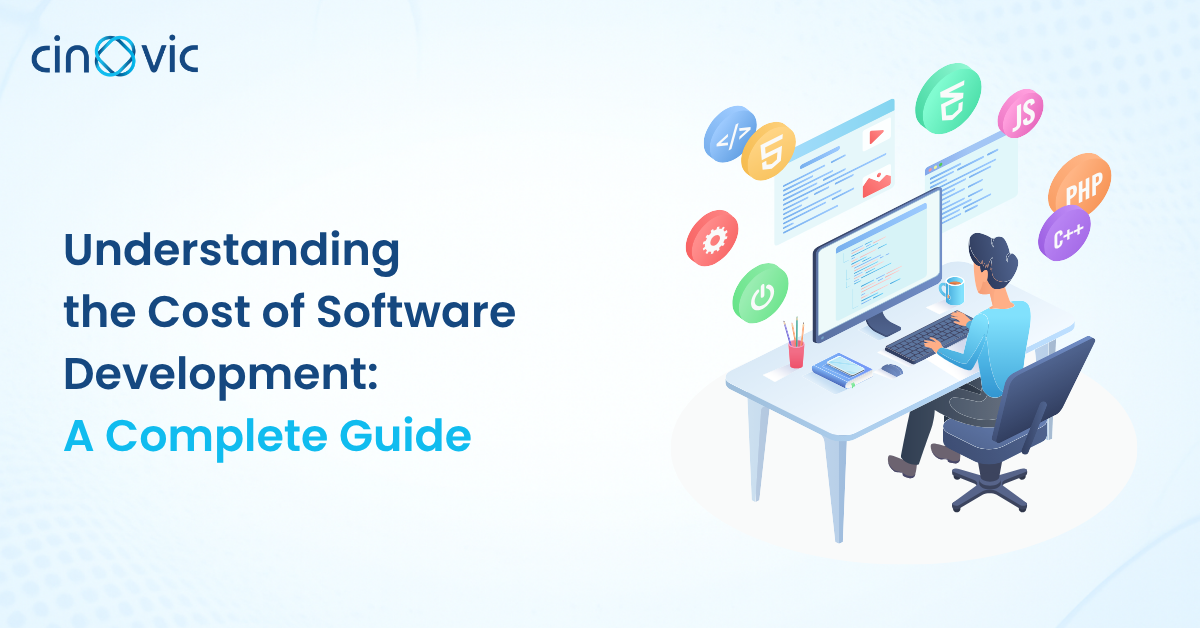
The Importance of Cybersecurity in Software Development
Table of Contents
Introduction
In today’s digital-first economy, businesses are more dependent on software than ever before. From e-commerce websites to mobile apps and headless commerce platforms, software fuels everything. But with opportunity comes risk—cyberattacks are rising at an alarming rate.
In 2025, a single data breach doesn’t just cause financial loss; it destroys brand trust and customer loyalty. That’s why cybersecurity in software development is no longer optional—it’s mission critical.
At Cinovic, we believe security must be woven into the fabric of development—not treated as an afterthought. In this blog, we’ll explore why cybersecurity is vital, common risks, best practices, and how Cinovic ensures every solution is secure, scalable, and future-ready.
Why Cybersecurity Matters in 2025
1. Explosion of Digital Transactions
With 80% of shopping happening online, platforms must protect sensitive payment and personal data.
2. Rising Threat Landscape
Hackers are smarter—using AI-driven attacks, phishing, and ransomware.
3. Regulatory Compliance
GDPR, PCI-DSS, and other laws demand strict data protection standards.
4. Customer Trust
One breach can make customers switch to competitors forever.
In short: strong cybersecurity = strong business growth.
Common Cybersecurity Risks in Software Development
1. Data Breaches
Hackers target databases with customer details, payment information, and login credentials.
2. Weak Authentication
Using outdated password systems without multi-factor authentication (MFA) increases risk.
3. Vulnerable APIs
Modern headless commerce solutions depend on APIs. If left unsecured, they can be exploited.
4. Malware & Ransomware
Attackers inject malicious code that locks systems or steals data.
5. Human Error
Employees clicking phishing emails or using weak passwords cause 80% of breaches.

Best Practices in Secure Software Development
1. Secure by Design
Security must be built into software from day one. At Cinovic, we follow “security by design”—embedding compliance and protection measures during every stage of development.
2. Secure Omnichannel Platforms
With E-commerce Omnichannel Development, businesses unify online and offline channels. This integration requires strong safeguards such as:
- Encrypted customer data synchronization.
- Tokenized payment systems.
- Fraud detection algorithms.
3. Mobile App Security
Mobile devices are frequent targets for hackers. Cinovic’s E-commerce Mobile App Development ensures:
- Secure coding practices.
- Biometric authentication (fingerprint/face ID).
- Encrypted local storage.
- Protection against malicious third-party apps.
4. Headless Commerce Security
Headless commerce offers flexibility but relies on APIs. We secure APIs with:
- OAuth 2.0 authentication.
- API gateways with rate limiting.
- Continuous monitoring for suspicious activities.
5. Regular Patching & Updates
Most breaches happen because businesses fail to update software. Cinovic provides continuous support, ensuring systems stay patched and secure.
6. Data Encryption
We use end-to-end encryption for sensitive data. Whether customers are entering payment details or accessing loyalty points, data is unreadable to hackers.
7. Role-Based Access Control (RBAC)
Employees only get access to the data they need. This minimizes insider threats.
Real-World Impact: Why Ignoring Security is Expensive
- In 2024, an online retailer lost $4 million in fines and revenue after a breach exposed 100,000 customer records.
- Another startup lost investors after failing to secure their mobile app, leading to widespread fraud.
Security breaches aren’t just technical problems—they’re business killers.
Cinovic’s Security-First Approach
At Cinovic, every project undergoes a cybersecurity-first workflow:
1. Requirement Analysis with Security Lens – We assess compliance needs from the start.
2. Secure Architecture Design – Including omnichannel integrations and APIs.
3. Development with Secure Coding Standards – Reducing vulnerabilities at code level.
4. Testing & Penetration Simulations – Identifying weak points before launch.
5. Ongoing Monitoring & Maintenance – Ensuring systems remain future-proof.
Creative Analogy: Cybersecurity as a Digital Fortress
Think of your software as a castle:
- Walls & Gates (Firewalls & Authentication) keep intruders out.
- Moat (Encryption) prevents attacks from reaching critical data.
- Guards (Monitoring Systems) patrol for suspicious activity.
- Regular Repairs (Patching) ensure cracks don’t let enemies in.
Without this fortress, your kingdom (business) is left vulnerable to invaders.
Benefits of Secure Software Development
- Customer Confidence → Shoppers buy more when they trust your platform.
- Compliance Assurance → Avoid costly legal penalties.
- Business Continuity → Prevent downtime during attacks.
- Competitive Edge → Security becomes a selling point in B2B deals.

Conslusion
In 2025, cybersecurity is not an optional feature—it’s the foundation of sustainable digital growth. Businesses investing in secure software development gain customer trust, regulatory compliance, and long-term resilience.

